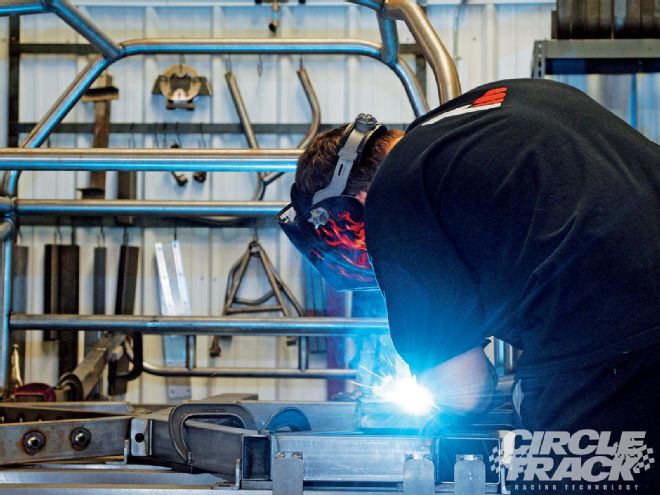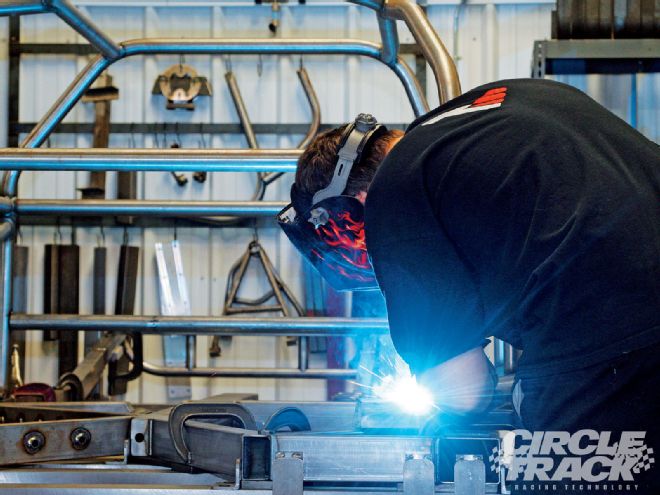
Sure, the usual stuff you think of when you talk about racing safety is important-critical even. We're talking about your helmet, seat, and five-point harness, head-and-neck restraint, and even the fire bottle. But none of those are the most important when it comes to keeping you in one piece in the event of a hard wreck. Not even close.
 Whether you're purchasing a new car or looking to get into racing on the cheap by buying used, a sharp eye can help you determine the quality of the chassis you will be purchasing.
Whether you're purchasing a new car or looking to get into racing on the cheap by buying used, a sharp eye can help you determine the quality of the chassis you will be purchasing.
And if you race any amount of time, it's not a question of if, but when you're going to be involved in a hard wreck. You can be as careful as you like, but that still doesn't account for the other competitors on the racetrack with you. So what is the most important safety component, you ask? It's the car that surrounds you.
A properly built race car goes a long way in protecting your body from the forces involved in a violent collision. This includes both dissipating energy before it gets to you and keeping damaging objects-such as other race cars flying by at high rates of speed-from getting to you. We recently visited the shops of Leavitt Racing to talk with both Steve Leavitt Sr. and Jr. about the finer points of constructing a safe race car. Leavitt Racing has built NASCAR Sprint Cup and Nationwide Series cars for years and has begun expanding its focus on Saturday night-level racing chassis.
The information they provided should be invaluable for anyone looking to either repair an existing car, build their own, or purchase a car-either new or used.